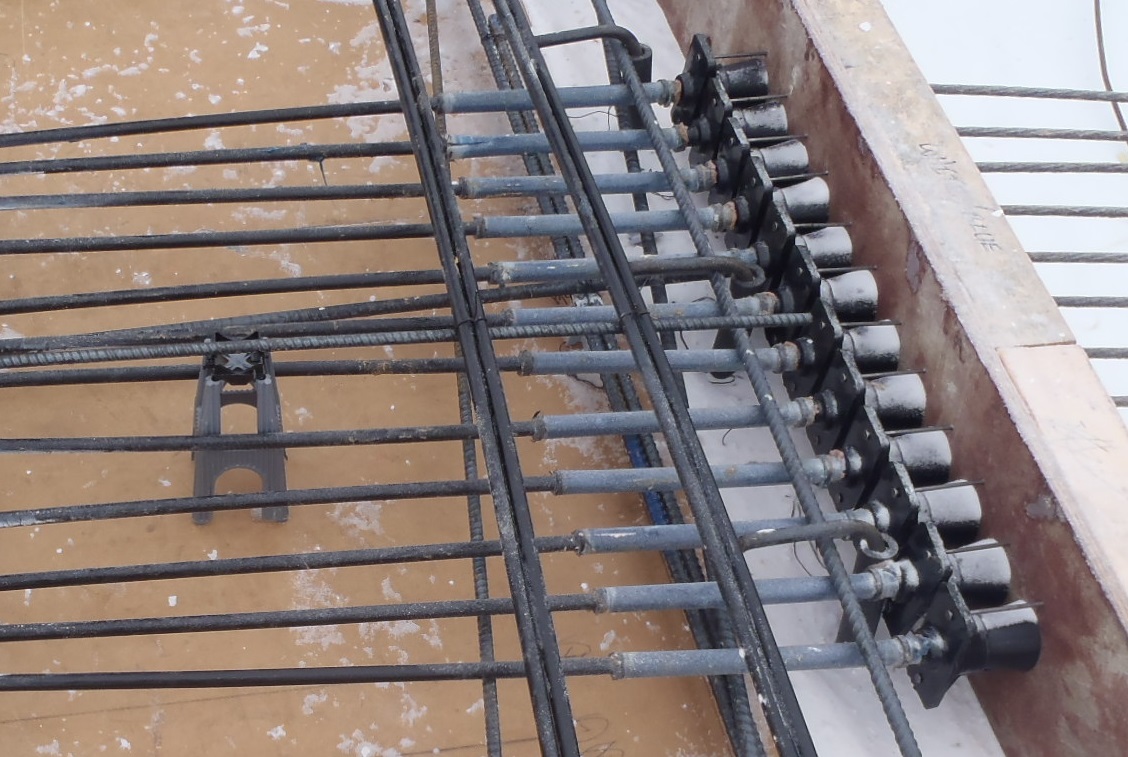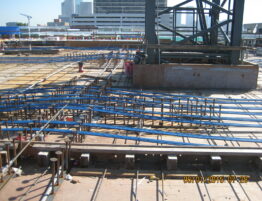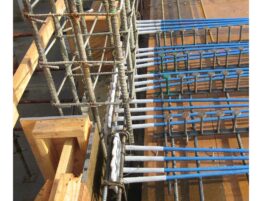
Tendon Encapsulation and Durability
In an earlier article regarding the parts of a post-tension tendon, I discussed the specification for the grease and sheathing being designed to keep water away from the high-strength steel that makes up the structural portion of the tendon. That is not an accident – after physical damage (such as drilling or hole-sawing), the most common cause of tendon failure is corrosion.
In addition to the manufacturing and material standards laid out by the PTI for the strand itself, a great deal of ingenuity has been devoted to designing anchor systems that prevent water from reaching the strand. When I began my career, these systems were seen as “going the extra mile” – they were deployed in extremely aggressive environments, such as parking decks (which are exposed to deicing salts in winter, and weather year-round) and balconies. However, as time has gone on, the incremental cost to provide “encapsulated” systems has become a very minor part of the cost of a post-tensioning system overall.
In 2011, the PTI issued Addendum #3 to the specification for Unbonded Single Strand Tendons, which has since been incorporated into the 2017 version of the specification. To ensure maximum durability for post-tension structures and protect the public, all elevated applications of post-tensioning are now required to have encapsulation systems to protect them from water.
The complete encapsulation system employed by Advanced Post-Tension is a defense in depth.
- Tendons are packaged in a corrosion-protecting grease.
- The tendon sheathing is continuous, with no seams or joints at any point on any tendon. The sheathing material is a heavy-duty plastic selected to withstand shipping and jobsite placement.
- The grease is colored dark amber. The sheathing is brightly-colored, so that any damage that would allow grease to escape (and water to enter) is immediately apparent to field personnel and inspectors.
- The anchor castings are contained within a seamless plastic molding with structural openings for the tendon and the stressing jack.
- On the tendon side of the anchor, there is a plastic tube that positively locks with the back of the anchor encapsulation. This tube forms a watertight seal with the tendon sheathing, and is designed to have no voids where water might accumulate.
- On the jack side of the anchor, once the wedges have been set, a cap is installed. This cap positively locks with the anchor encapsulation. The cap has a grease reservoir that immediately floods the wedges with corrosion-protecting grease when the cap is installed.
The overall assembly is tested by immersing it in water for 24 hours with a pressure surcharge of 10 psi – the equivalent of 23 feet of water. No leaks were detected. Third-party product testing information is available upon request.
Advanced Post-Tension believes that quality products mean maximum durability and customer value. Ask how we can help your project succeed today!





